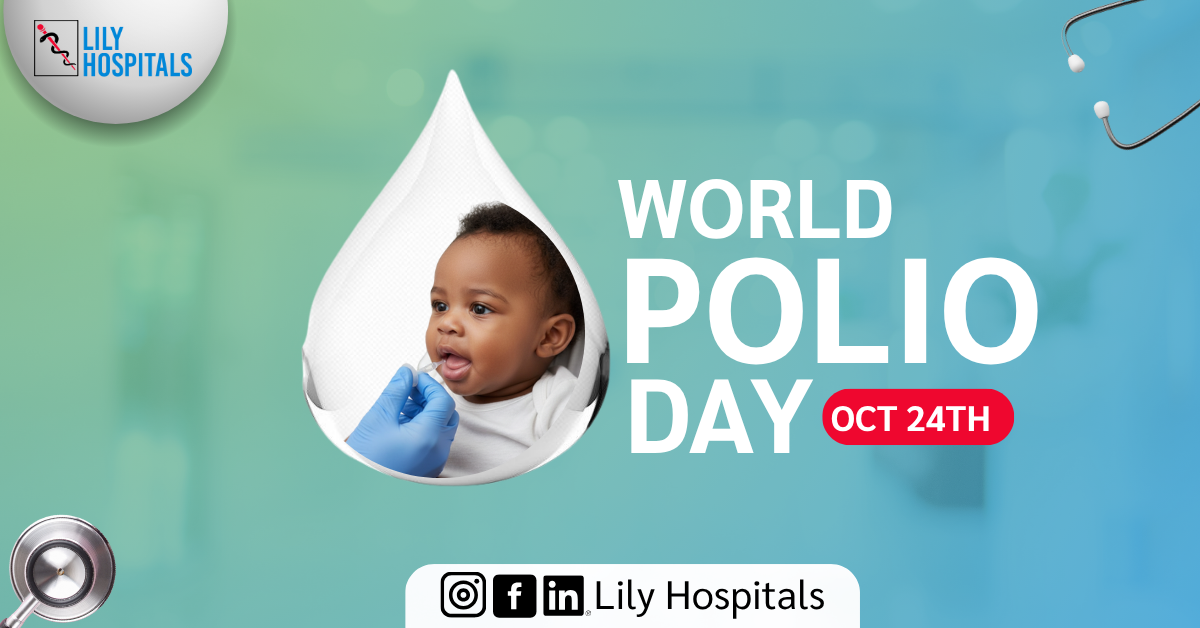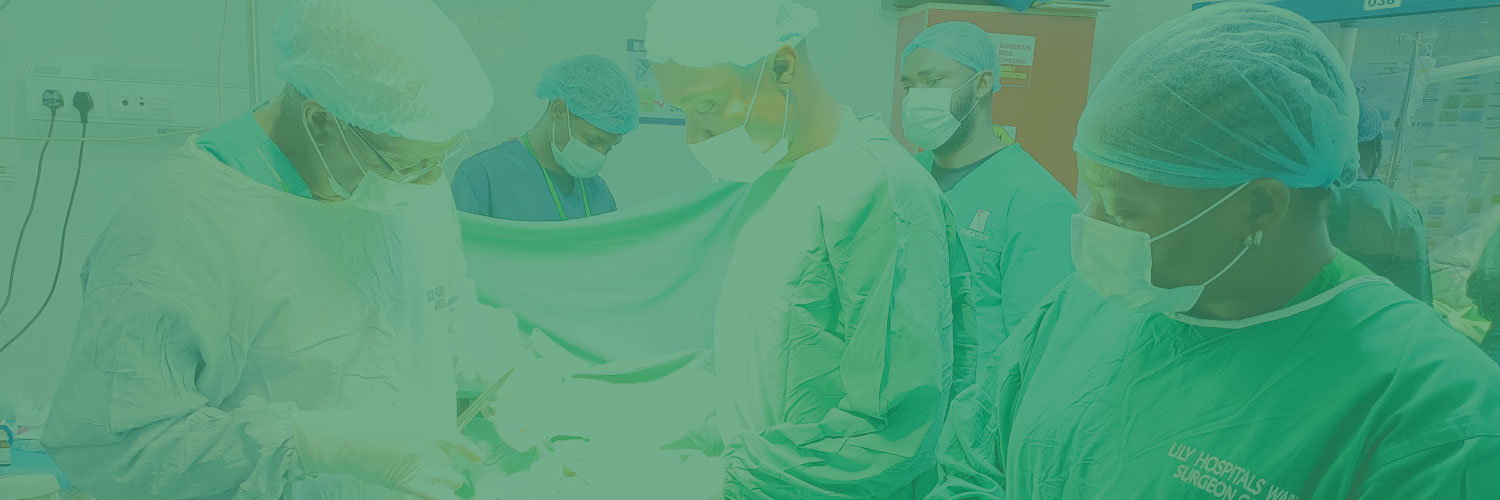
Introduction
Polio, or poliomyelitis, remains one of the most significant infectious diseases in human history. Although once a global epidemic causing paralysis and death among thousands of children each year, the world has made tremendous progress toward its eradication. Yet, the disease still poses a threat in some regions, reminding us that sustained vigilance and vaccination efforts are vital.
For hospitals, healthcare professionals, and the general public, understanding polio is key to ensuring that this crippling disease never returns. This article explores everything you need to know about polio — its causes, symptoms, prevention, and the ongoing fight to make the world polio-free.
What Is Polio?
Polio (poliomyelitis) is a highly contagious viral infection caused by the poliovirus. The disease primarily affects the nervous system, especially in young children under the age of five. In severe cases, it can lead to lifelong paralysis or even death.
Polio is a disease that spreads silently; most infected individuals show no symptoms but can transmit the virus to others. This characteristic makes vaccination and surveillance crucial to completely stopping its spread.
Causes of Polio
The cause of polio is the poliovirus, a member of the Enterovirus genus. It thrives in the human intestine and is transmitted mainly through the fecal-oral route, meaning the virus spreads when an individual consumes food or water contaminated with feces from an infected person.
Poor sanitation, inadequate hand hygiene, and contaminated water sources are major factors that aid the spread of the virus — particularly in developing countries or areas with weak healthcare systems.
How Polio Spreads
Polio spreads easily, especially in communities with low vaccination coverage. Here’s how transmission occurs:
- Person-to-person contact: When an infected individual touches food or objects without washing their hands properly.
- Contaminated water and food: Consuming water or food contaminated with the poliovirus.
- Respiratory droplets: In rare cases, polio can spread through coughing or sneezing.
Because the virus can survive in the environment for weeks, even a single case can lead to outbreaks if preventive measures are not strictly followed.
Types of Poliovirus
There are three strains of wild poliovirus (WPV):
- Type 1 (WPV1): The only remaining wild poliovirus still causing infections in a few countries.
- Type 2 (WPV2): Declared eradicated in 2015.
- Type 3 (WPV3): Declared eradicated in 2019.
Additionally, there are vaccine-derived polioviruses (VDPV) that can emerge in under-immunized populations, emphasizing the importance of maintaining high vaccination rates even after wild strains are eliminated.
Symptoms of Polio
Polio infections can vary widely in severity. Most cases show no symptoms, but when symptoms occur, they may appear in different stages:
1. Asymptomatic (Inapparent) Infection
About 70–90% of polio infections are asymptomatic. The person feels completely well but can still spread the virus.
2. Non-Paralytic Polio
Symptoms may include:
- Fever
- Fatigue
- Headache
- Sore throat
- Vomiting
- Muscle stiffness and neck pain
These symptoms usually last a few days and then resolve.
3. Paralytic Polio
This is the most severe form and can cause:
- Sudden onset of paralysis (usually in the legs)
- Muscle weakness
- Loss of reflexes
- Breathing difficulties (if respiratory muscles are affected)
In some cases, the paralysis is permanent. Rarely, polio can also lead to death if the muscles that control breathing are paralyzed.
Complications of Polio
Even after recovery, polio survivors may experience long-term complications such as:
- Permanent paralysis
- Post-polio syndrome (PPS): A condition that occurs decades after the initial infection, leading to muscle pain, weakness, and fatigue.
- Breathing or swallowing problems due to nerve damage.
These complications can significantly impact a person’s quality of life, making prevention through vaccination crucial.
Diagnosis of Polio
Diagnosing polio involves:
- Stool or throat swab tests: To detect the poliovirus.
- Lumbar puncture: To analyze cerebrospinal fluid if paralysis occurs.
- Clinical evaluation: Based on symptoms like sudden limb weakness or paralysis.
Early detection is vital for preventing further transmission and implementing containment measures.
Treatment for Polio
There is no cure for polio, but supportive treatments can help manage symptoms and improve outcomes. These include:
- Pain management and physical therapy to maintain muscle strength.
- Use of mobility aids such as braces or wheelchairs.
- Respiratory support for patients with breathing difficulties.
- Rehabilitation programs to improve quality of life.
Because there is no specific antiviral medication, prevention through vaccination remains the most effective strategy.
Prevention of Polio
1. Vaccination
Polio vaccination is the cornerstone of prevention. There are two main types:
- Oral Polio Vaccine (OPV): Easy to administer and highly effective in providing community protection.
- Inactivated Polio Vaccine (IPV): Given by injection and used in many developed countries.
The World Health Organization (WHO) recommends several doses of polio vaccine for full protection, starting from infancy.
2. Good Hygiene and Sanitation
- Wash hands with soap and clean water regularly.
- Maintain clean toilets and proper waste disposal systems.
- Avoid consuming contaminated food or water.
3. Health Education
Hospitals and public health organizations play a major role in educating communities about the importance of vaccination and hygiene practices.
Polio Eradication: A Shared Responsibility
Polio eradication requires a collective effort from everyone — governments, hospitals, communities, and individuals. Every vaccination counts, and every awareness campaign contributes to a safer world.
As a parent, you must ensure that your children complete all doses of the polio vaccine. Communities must embrace hygiene and sanitation.
At Lily Hospitals, we continue to champion education and surveillance. Only through this shared responsibility can the world achieve a polio-free future.
Conclusion
Polio may be on the brink of eradication, but the fight is not over. As long as a single child remains infected, children everywhere are at risk. We must continue to work together to promote vaccination, hygiene, and awareness.
By understanding what polio is, how it spreads, and how it can be prevented, we can all play a part in making polio history. Together, we can protect future generations from this crippling disease and achieve a world truly free of polio. Join us


